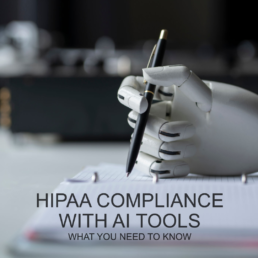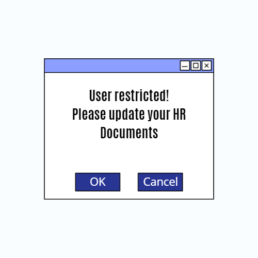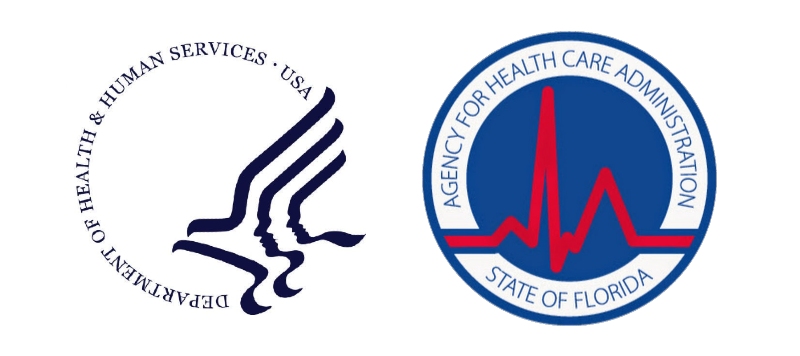ABA Therapy's Ethical Guidelines: Putting Clients' Needs First
Putting clients' needs first is the guiding principle for ethical ABA therapies. In this post, we explore key ethical guidelines that providers should adhere to, focusing on client well-being and progress. We shed light on unethical practices that can hinder positive outcomes and emphasize the importance of maintaining ethical standards for the benefit of those receiving ABA therapy.
As a software company serving providers in the Applied Behavior Analysis (ABA) field, we recognize the critical importance of ethical practices in delivering high-quality care. In this blog post, we aim to create awareness among our customers about the ethical considerations specific to ABA therapies. Upholding ethical standards not only promotes professionalism but also ensures the well-being and progress of the clients we serve.
Respecting Work-Life Balance and Boundaries
One unethical practice that can arise in ABA therapies is disregarding work-life balance and boundaries. It is essential to establish clear working hours and maintain a healthy separation between professional and personal life. Working excessively early in the morning, late at night, during weekends, or without taking sufficient breaks throughout the week can lead to burn out and compromise the quality of care provided or test legal boundaries set by insurance companies. By prioritizing self-care and establishing appropriate boundaries, providers can maintain their well-being and, in turn, provide more effective therapy to their clients.
Ensuring Proper Documentation and Billing Practices
Another unethical practice in the healthcare sector, including ABA therapies, is working without the required documentation in place and billing inaccurately. Providers must adhere to regulatory guidelines and ensure that all necessary documentation, such as consent forms and treatment plans, are in order. Moreover, billing for non-behavioral services under an authorization or contract for behavioral services or lacking proper documentation and signatures can lead to legal and ethical implications. Also, organizations must enforce the standards for clinical documentation that reflects individualized service for clients. For this remember the 7C's for clinical documentation: Complete, Concise, Correct, Clear, Compliant, Consistent, and Codable.
Avoiding Unethical Influences and Practices
According to the BACB Ethics Code for Behavior Analysts, behavior providers must refrain from giving or accepting gifts with a value exceeding $10 US dollars (or the equivalent in another currency) from clients, stakeholders, supervisees, or trainees. At the beginning of the professional relationship, behavior analysts inform their clients and stakeholders about this requirement. However, occasional gifts that serve as expressions of gratitude and do not lead to any financial benefit for the recipient are considered acceptable. If the act of giving or accepting gifts becomes a regular source of income or value for the recipient, it may be deemed a violation of this standard.
Ethical Data Collection
Ethics standards for data collection are essential for both Registered Behavior Technicians (RBTs) and behavior analysts to ensure responsible and ethical practices in their roles. Behavior analysts, as supervisors, hold the responsibility of ensuring that RBTs are trained in proper data collection procedures, storing, transporting, retaining, and destroying physical and electronic documentation as well as provide ongoing supervision and feedback to maintain high ethical standards. Behavior analysts graphically display, summarize, and use the data to make decisions about continuing, modifying, or terminating services. According to the BACB Ethics Code, providers do not fabricate data or falsify results in their research, publications, and presentations. By adhering to these ethics standards, both RBTs and behavior analysts contribute to the delivery of effective and responsible behavior analysis services while upholding the integrity of the profession.
The Client-Centered Ethical Approach
At the core of ethical practices in ABA therapies lies a client-centered approach. Providers must constantly ask themselves whether their actions and decisions are truly in the best interest of the client. If an action primarily serves the provider's own benefit or goes against the client's welfare, it is not ethical. This rule of thumb helps guide practitioners in making decisions that prioritize the well-being, progress, and overall quality of life of the individuals they serve.
—
Promoting ethical practices in ABA therapies is of utmost importance to ensure the provision of effective, client-centered care. By respecting work-life balance, ensuring proper documentation and billing practices, avoiding unethical influences, and adhering to ethical guidelines in data collection and usage, providers can enhance the quality and integrity of their services. Ultimately, the guiding principle remains clear: if an action is not for the benefit of the client, it is not ethical. Let us strive together to foster an environment of trust, professionalism, and ethical conduct in the field of ABA therapies, promoting positive outcomes and improved lives for those we serve.
In-Service Trainings in Florida
WHAT ARE IN-SERVICE TRAININGS?
In-service trainings are required trainings that each individual provider must possess in order to be eligible to provide therapeutic services in the field of ABA. Some of these in-service trainings can be found free of charge in various sites. Others must be paid for and complete in person. On this blog post we will provide most of the necessary in-service trainings to be able to practice as an RBT in the state of Florida. Keep in mind that these trainings vary throughout the different ABA agencies, but most will be found on this site.
Disclaimer: This post serves as a guide or starting point for new and current providers. Please pay close attention to the different instructions provided on the different sites and if you feel unable to complete in-service trainings on your own, consider investing in in-person trainings.

TRAIN FLORIDA'S TRAININGS
TRAIN Florida is a free source of information and training for learners and course providers administered by the Public Health Foundation. Many required in-services can be taken for free on their site. It is recommended that new providers take advantage out their tutorial page to facilitate creation of an account with TRAIN and ease of navigation throughout their website.
These are some courses they offer:
- HIV and AIDS
- DCCC Training
- HIPAA Basics
- OSHA Training
- Zero Tolerance
- Domestic Violence
- Req for Waiver Providers

DEPARTMENT OF CHILDREN AND FAMILY (DCF) TRAININGS
The Department of Children and Family offers other in-service training which can be taken for free on their site. The course names are as follows:
Also, you can visit the DCF TRAININGS PAGE for further information and courses.
OTHER MANDATORY DOCUMENTATION
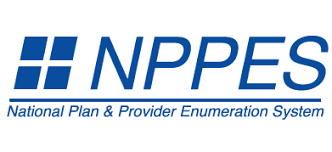
NATIONAL PROVIDER IDENTIFICATION (NPI)
A National Provider Identifier is a unique 10-digit identification number issued to health care providers in the United States by the Centers for Medicare and Medicaid Services. The NPI number can be obtained online through the National Plan and Provider Enumeration System (NPPES) pages on CMS’s website. Turnaround time for obtaining a number is from 1 to 20 days, but most often are assigned within 15 to 30 minutes. NPI numbers are entirely free to enrolling providers.
Taxonomies
- Behavior Technician (RBT) - 106S00000X
- Assistant Behavior Analyst (BCaBA) - 106E00000X
- Behavior Analyst (BCBA) - 103K00000X
LIABILITY INSURANCE
Professional liability insurance for behavior specialists allows you to do your job without worrying about the risk of claims being made against you. Prices range from about $50 to $150 and coverage lasts for a year. This is one of those requirements that needs to be renewed yearly.

CPR AND FIRST AID CERTIFICATION
This certification is offered by providers credentialed by the American Red Cross. It ranges from about $50 to about $100, and it is usually taken in periods of 1 to 2 sessions. Note: The class must have an in-person training component to be accepted as an in-service in the field of ABA. Most frequently, exclusively online classes will not be accepted.
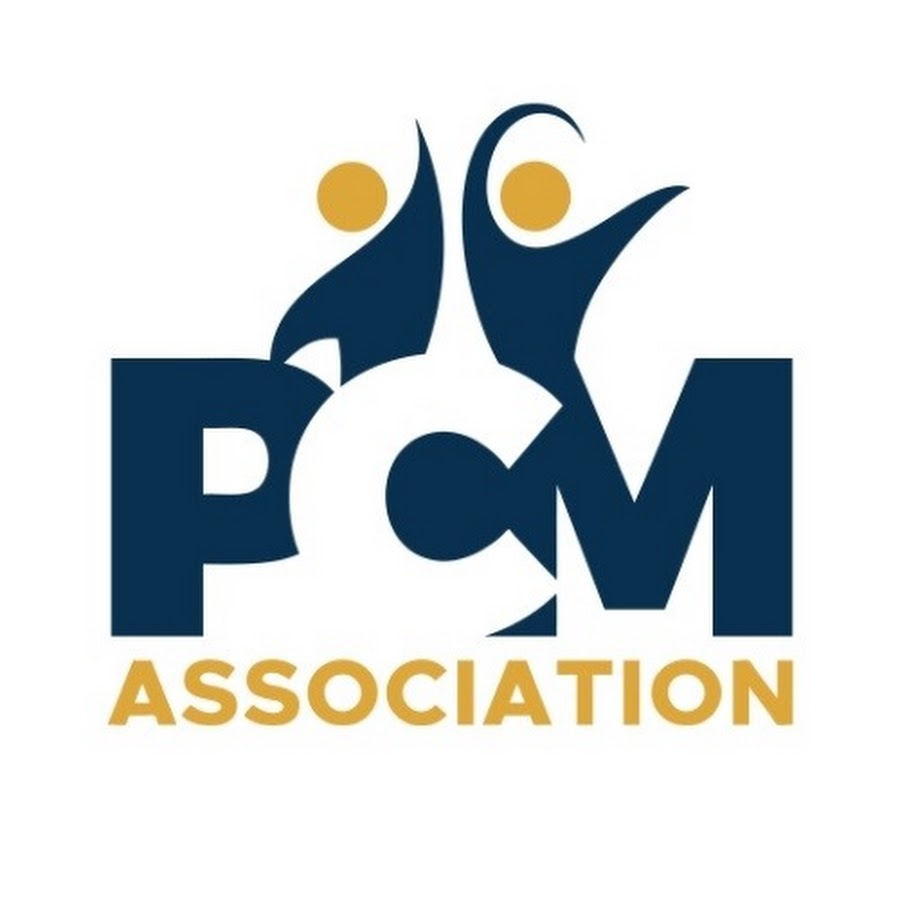
PROFESSIONAL CRISIS MANAGEMENT (PCM
Professional Crisis Management (PCM) uses prevention methods for individuals before a crisis occurs. The system included training, interviews, tests, and lots of methods to make sure individuals are successfully trained, and the process guarantees successful prevention and intervention for them. Training normally takes place in person between 1 and 3 days and fees varied from about $100 to $150.
Note: PCM Training in not always required and providers should check with the individual ABA agencies before completing PCM Training.
The original source for this article came from: https://thebehaviorbox.com/en/home/in-service-trainings/
Common ABA Therapy's Myths & Misconceptions
Applied Behavior Analysis (ABA) is a therapy based on the science of learning and behavior. It helps people with autism spectrum disorder (ASD) and other developmental conditions improve their social, communication, and learning skills through reinforcement strategies. Many experts consider ABA to be the gold-standard treatment for children with ASD. However, there are also some common myths and misconceptions about ABA that may prevent some parents and caregivers from seeking this therapy for their children. In this blog post, we will debunk some of these myths and explain the facts about ABA.
Myth #1: ABA is a one-size-fits-all approach
Some people may think that ABA is a rigid and standardized method that applies the same techniques to every child with ASD. This is not true. ABA is a flexible and individualized treatment that can be adapted to meet the needs of each unique person. ABA therapists conduct a thorough assessment of each child’s strengths, challenges, preferences, and goals before developing a personalized plan for therapy. The plan includes specific interventions that fit the child’s needs and interests, such as:
- Early intensive behavioral intervention (EIBI), which involves an intensive, individualized curriculum designed to teach communication, social interaction, and functional and adaptive skills to children younger than 5.
- Discrete trial training (DTT), which teaches skills through structured task completion and rewards.
- Pivotal response training (PRT), which focuses on improving motivation, responsiveness, and self-initiation in natural settings.
- Natural environment training (NET), which uses natural cues and consequences to teach skills in everyday situations.
- Verbal behavior (VB), which teaches language skills based on the function of words and phrases.
ABA therapists also collaborate with parents, caregivers, teachers, and other professionals to ensure consistency and generalization of skills across different settings and situations.
Myth #2: ABA is only for children with severe autism
Some people may think that ABA is only suitable for children with severe autism who have significant impairments in communication and behavior. This is not true. ABA can benefit children with ASD of any age, level of functioning, and severity of symptoms. ABA can help children with ASD learn new skills, reduce problem behaviors, increase independence, and enhance their quality of life. ABA can also address a wide range of domains, such as:
- Social skills, such as eye contact, joint attention, turn-taking, and empathy.
- Communication skills, such as vocalization, speech, sign language, and augmentative and alternative communication (AAC) devices.
- Academic and learning skills, such as reading, writing, math, and science.
- Motor dexterity, such as fine and gross motor skills, coordination, and balance.
- Hygiene and grooming, such as toileting, dressing, brushing teeth, and washing hands.
ABA can also be used to treat other conditions that may co-occur with ASD, such as anxiety, OCD, phobia, anger issues, eating disorders, substance use disorder, dementia, and more.
Myth #3: ABA is abusive and unethical
Some people may think that ABA is abusive and unethical because it uses aversive techniques, such as punishment, coercion, or manipulation, to change behavior. This is not true. ABA is based on the principles of positive reinforcement, which means that it rewards desirable behaviors and ignores or redirects undesirable behaviors. ABA does not use harmful or painful methods to modify behavior. In fact, the use of aversive techniques is prohibited by the ethical standards of the Behavior Analyst Certification Board (BACB), the professional organization that regulates the practice of ABA. ABA therapists are required to follow the BACB’s code of ethics, which includes:
- Respecting the dignity and rights of their clients
- Obtaining informed consent from their clients or their legal representatives
- Protecting the privacy and confidentiality of their clients
- Providing effective and evidence-based services
- Seeking supervision and consultation when needed
- Maintaining professional boundaries and avoiding conflicts of interest
- Upholding the integrity and reputation of the profession
ABA therapists are also trained to use data-driven and scientific methods to monitor and evaluate the progress and outcomes of their interventions. They adjust their plans and strategies based on the feedback and preferences of their clients and their families.
Conclusion
ABA is a proven and effective therapy that can help children with ASD and other developmental conditions improve their skills and behaviors. However, there are also some common myths and misconceptions about ABA that may prevent some people from seeking this therapy for their children. In this blog post, we have debunked some of these myths and explained the facts about ABA. We hope that this information will help you make an informed decision about whether ABA is right for your child.
How to use ChatGPT ensuring HIPAA compliance
Artificial intelligence (AI) has the potential to revolutionize the way we deliver medical care, from scheduling appointments to creating personalized treatment plans. However, it's crucial to understand the potential risks of using AI in healthcare, particularly in HIPAA-compliant environments, before delving into the basics of AI and GPT-4. Although AI language models like ChatGPT offer numerous benefits, compliance with HIPAA regulations is essential to maintain patient confidentiality and protect sensitive data. It's also important to note that while AI is revolutionary, it is not yet ready for widespread use in all aspects of our lives. At Office Puzzle, we believe that understanding AI, GPT-4, and HIPAA compliance is crucial for anyone interested in implementing AI language models in their practice.
AI and GPT-4: Understanding the Basics
AI refers to computer systems that can perform tasks that typically require human intelligence. ChatGPT is an AI language model developed by OpenAI that can process natural language and write human-like text. GPT-4, or Generative Pre-trained Transformer 4, is an advanced AI model that builds on the capabilities of ChatGPT to answer questions, summarize text, and generate patient emails.
HIPAA Compliance Basics
HIPAA or the Health Insurance Portability and Accountability Act is a law that sets specific standards for maintaining the privacy and security of a patient's health information, known as Protected Health Information (PHI). Healthcare providers must follow HIPAA regulations when using AI language models like ChatGPT to ensure that PHI is protected and patient confidentiality is maintained. The incorporation of artificial intelligence (AI) language models in healthcare has the potential to revolutionize the industry. However, healthcare providers must ensure that their use of these models is in compliance with the Health Insurance Portability and Accountability Act (HIPAA) to safeguard patient privacy and prevent data breaches. Here are some strategies that healthcare providers can use to ensure HIPAA compliance when using AI language models:
- Data Storage and Transmission: Healthcare providers should ensure that sensitive patient data is stored and transmitted securely, with data encryption both at rest and in transit. AI language models should be hosted on secure and compliant infrastructure such as private clouds, on-premises servers, or HIPAA-compliant cloud services.
- De-identification: To reduce the risk of data breaches, PHI should be de-identified or anonymized. AI language models should be trained to recognize and redact personally identifiable information before processing the data.
- Access Control and Auditing: Access to PHI and the AI language model should be restricted to authorized personnel only. Regular audits should be conducted to monitor compliance and identify potential vulnerabilities.
- Data Sharing and Consent: The use of AI language models should comply with data-sharing agreements and patient consent. Healthcare providers should collect, process, and store data in accordance with HIPAA guidelines.
- Minimizing Bias: AI language models can unintentionally perpetuate biases present in their training data. Healthcare providers must take steps to minimize these biases and ensure that the AI model's outputs are unbiased.
In addition to these strategies, healthcare providers can also use AI language models like ChatGPT in a variety of settings to improve patient care. Here are some potential use cases:
- Appointment Scheduling: ChatGPT can manage appointment scheduling and automate reminders while ensuring that all communication is HIPAA-compliant and that PHI is protected.
- Patient Triage: ChatGPT can help streamline patient triage by processing and summarizing patients' symptoms and medical history, enabling healthcare providers to make informed decisions more quickly.
- Treatment Plan Assistance: ChatGPT can assist healthcare professionals in developing personalized treatment plans by summarizing relevant medical literature and guidelines.
- Patient Education: Healthcare providers can use ChatGPT to create tailored patient education materials that are accurate, up-to-date, and easy to understand while safeguarding patient privacy.
In conclusion, AI language models have the potential to revolutionize healthcare by improving patient care and streamlining workflows. However, healthcare providers must ensure that their use of these models is in compliance with HIPAA guidelines to protect patient privacy and prevent data breaches. By following the strategies outlined above and using AI language models like ChatGPT in a responsible and ethical manner, healthcare providers can unlock the full potential of this technology.
How Office Puzzle Can Help Providers Stay HIPAA Compliant
Healthcare providers are increasingly working in public places, making it difficult to keep patient information confidential. However, with Office Puzzle, you can ensure that your patient's personal and protected information stays secure while working remotely.
One of the cool features of Office Puzzle that helps providers stay HIPAA-compliant is the lock button on the top right bar. With just one click, you can hide all personal information, such as patient names, and replace them with initials, ensuring that the information stays secure and compliant with HIPAA regulations.
Not only does this feature help providers stay HIPAA-compliant, but it also gives them peace of mind while working in public places. Providers can focus on their work, knowing that patient information is safe and secure.
Try Office Puzzle today and ensure that your patient's personal and protected information stays secure while working remotely. Sign up now!
https://youtu.be/yP8RK1-9AWU
How the LEIE can meet HIPAA compliance
Under HIPAA regulations, individuals and entities, who are included in the HHS Office of Inspector General's List of Excluded Individuals/Entities (LEIE), are prohibited from participating in federal healthcare programs, including Medicare and Medicaid. The LEIE can be found on the OIG's website and is updated monthly to ensure that individuals and entities who have been excluded are not able to participate in federal healthcare programs and receive reimbursement for their services.
Covered entities, such as healthcare providers, health plans, and healthcare clearinghouses, are required to regularly check the LEIE to ensure that they are not employing or contracting with excluded individuals or entities. HIPAA regulations require covered entities to check the LEIE at least once a month, and to retain documentation of these checks as part of their compliance program.
The LEIE can be used by covered entities to verify the exclusion status of individuals and entities that they are considering employing or contracting with. Healthcare providers and organizations can also use the LEIE to ensure that they are not employing or contracting with excluded individuals or entities. The OIG also encourages the public, including patients and their families, to check the LEIE to ensure that healthcare providers and organizations are not employing or contracting with excluded individuals or entities.
In summary, the LEIE is an important resource for ensuring compliance with HIPAA regulations regarding excluded individuals and entities in federal healthcare programs. The list can be found on the OIG's website, is updated monthly, and is used by covered entities to verify exclusion status and ensure that they are not employing or contracting with excluded individuals or entities.
Restrict user due to missing HR documents.

Name: Restrict user due to missing HR documents.
Description: How to restrict user actions if they have missing or expired documents.
Difficulty: Easy
Duration: Less than 2 minutes
Summary:
1. Go to the Agency's Dashboard.
2. Click on Configuration.
3. Scroll down till HR Documents.
4. Click the Edit button of the document(s) you would like to restrict the user if it is missing or expired.
5. On the new window, enable the “Restricts” feature.
6. Finally, click on “Update”.
- Important - These restrictions do not apply to Administrators of the Agency.
Restrict user actions due to missing or expired documents.
Step 1: Go to the Agency's Dashboard.
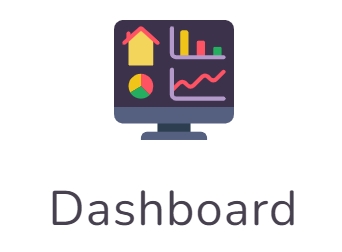
Step 2: Click on Configuration.

Step 3: Scroll down till HR Documents.
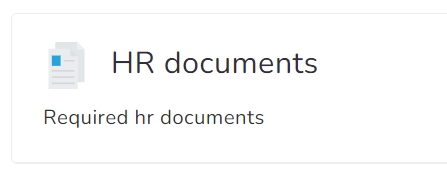
Step 4: Click the Edit button of the document(s) you would like to restrict the user if it is missing or expired.
![]()
Step 5: On the new window, enable the “Restricts” feature.
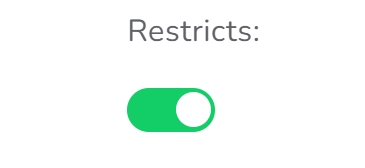
Step 6: Finally, click on “Update”.

Are electronic signatures legal?
Electronic signatures, which indicate a person's consent to an agreement, have been widely accepted and used in many countries around the world for years. But are electronic signatures legal? The short answer is yes, electronic signatures are legal.
Over one billion users across numerous nations trust their digital signature to attest agreements; this form of authentication has also proven itself more secure than paper alternatives due to the drastically reduced risk of forgery. Have you ever wondered what makes an electronic signature, or e-signature, legally binding?
In 2000 the United States government passed two major pieces of legislation - the Electronic Signatures in Global and National Commerce Act (ESIGN) and the Uniform Electronic Transactions Act (UETA). These laws confirm that digital signatures are just as valid a form of agreement between parties compared to traditional written methods.
Different capture technologies can be used when creating these signatures, including attaching images to documents or using Public Key Infrastructure-based systems. Next time you need to make sure your document is securely signed electronically… think about all the ways e-signatures provide peace of mind!
Agreeing to terms on websites, providing signatures for mobile apps, entering PINs and names online or employing an e-signature solution – these are just some methods available when capturing electronic agreements.
Do electronic signatures have legal force?
When combined with a tamper-proof system, strong authentication, world-class security, and an audit trail, electronic signatures provide stronger evidence that is admissible in court than a simple wet signature or a scanned image of a signature on a PDF.
What types of documents can be signed electronically?
- Offer letters, new hire documentation, and personnel policy updates.
- Confidentiality agreements and statements of work.
- Master service agreements.
- Account opening documents.
- Insurance applications and claims.
- Patient admission forms
https://www.youtube.com/watch?v=S9ZD8WtLw_c
https://www.youtube.com/watch?v=c7xVrST07vM
Exporting data from Behaviorsoft

Name: Exporting data from Behaviorsoft to Office Puzzle
Description: How to export data from Behaviorsoft and import it to Office Puzzle
Difficulty: Middle
Duration: Less than 10 minutes
Summary:
Exporting from Behaviorsoft
1. On the Client’s screen, click the Maladaptives tab or the Replacements/Skills tab.
2. Select the specific maladaptive behavior or replacement, and then click on the EXPORT DATA button under the GRAPHS column.
3. The EXPORT DATA pop-up screen will then appear.
4. Lastly, you can specifically choose to export data on specific dates. There is an option to enter a From Date and a To Date.
5. Once you have selected the Collection type and choose the specific dates, click Download Data. The data will then be exported in an Excel file.
Importing to Office Puzzle
6: Go to Client's Dashboard.
7: Click on the Service Plan button.
8: Click on ABA Therapy Service Plan.
9: Choose the required Category tab: Maladaptive Behaviors, Replacements, etc.
10. Click on the Edit button on the right side of the desired item.
11. Click on Imported Data tab.
12. On the main box, you can paste the dates and values from the Excel file that you’ve exported from Behaviorsoft.
13. Once you’ve finished, click on Update.
Exporting client data from Behaviorsoft to Office Puzzle
Exporting from Behaviorsoft
Step 1: On the Client’s screen, click the Maladaptives tab or the Replacements/Skills tab.
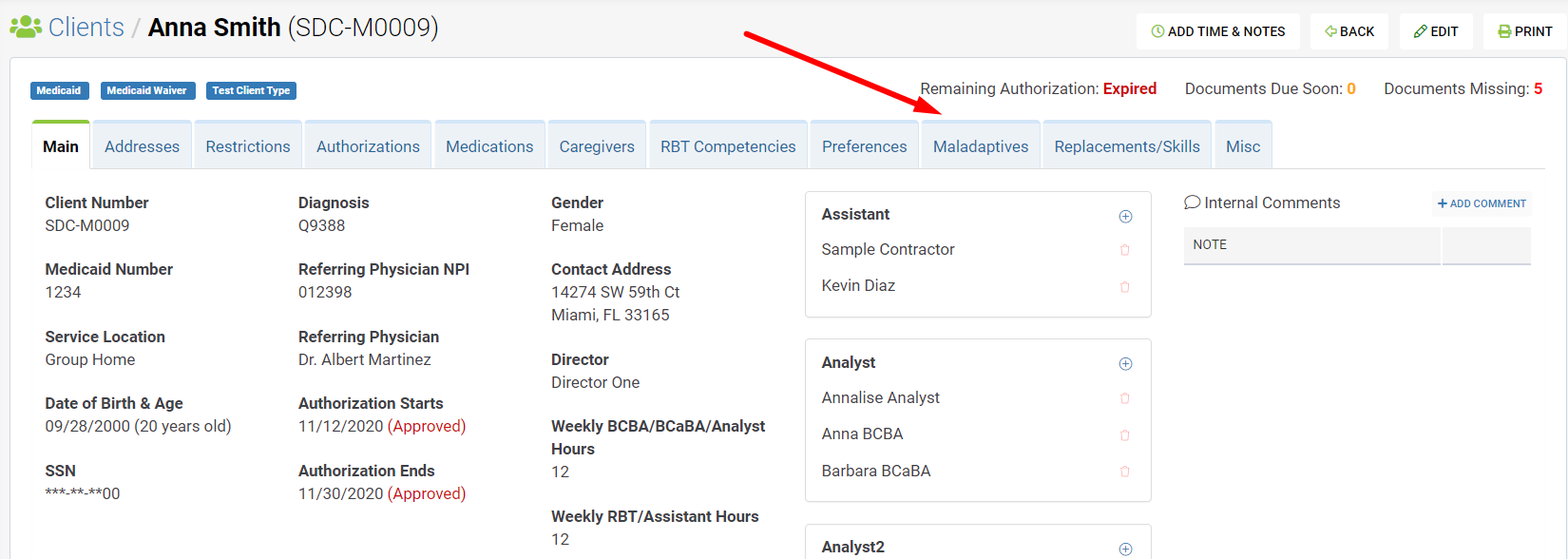 Step 2: Select the specific maladaptive behavior or replacement, and then click on the EXPORT DATA button under the GRAPHS column.
Step 2: Select the specific maladaptive behavior or replacement, and then click on the EXPORT DATA button under the GRAPHS column.
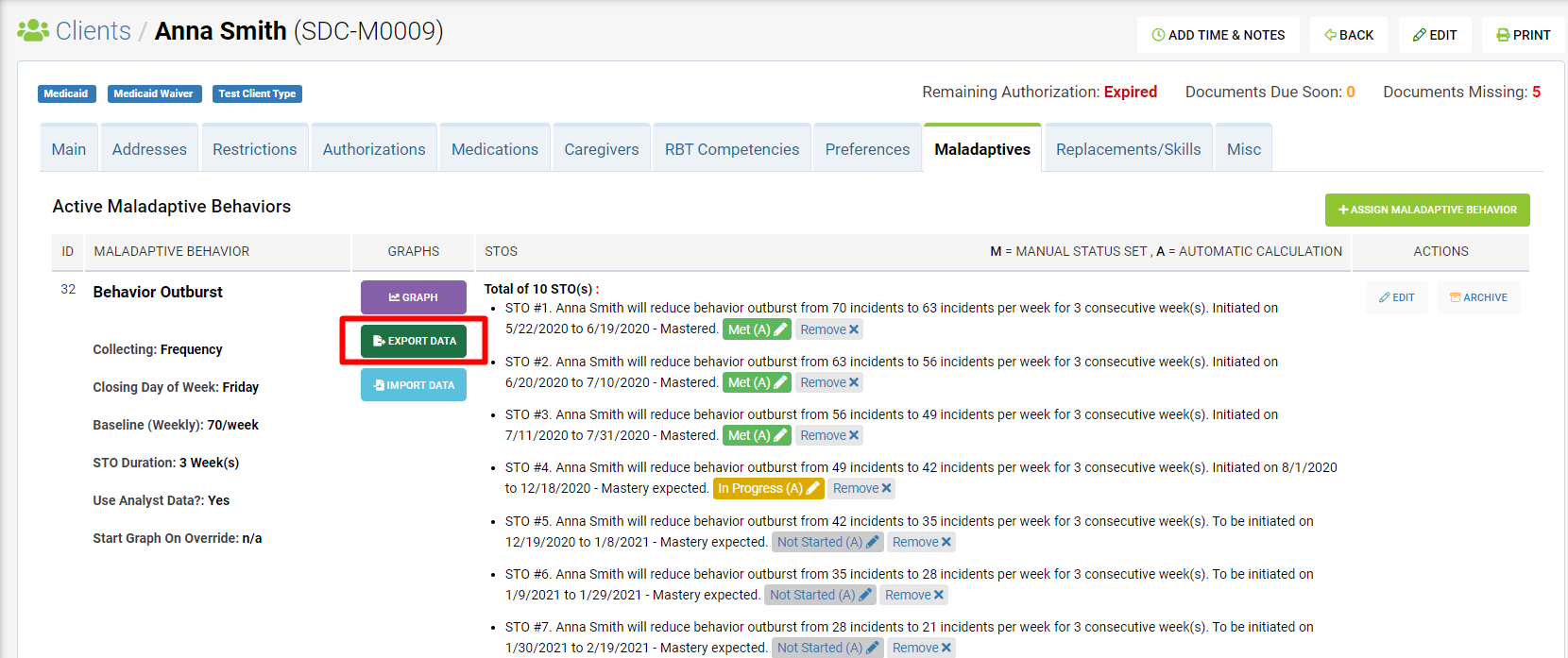
Step 3: The EXPORT DATA pop-up screen will then appear.
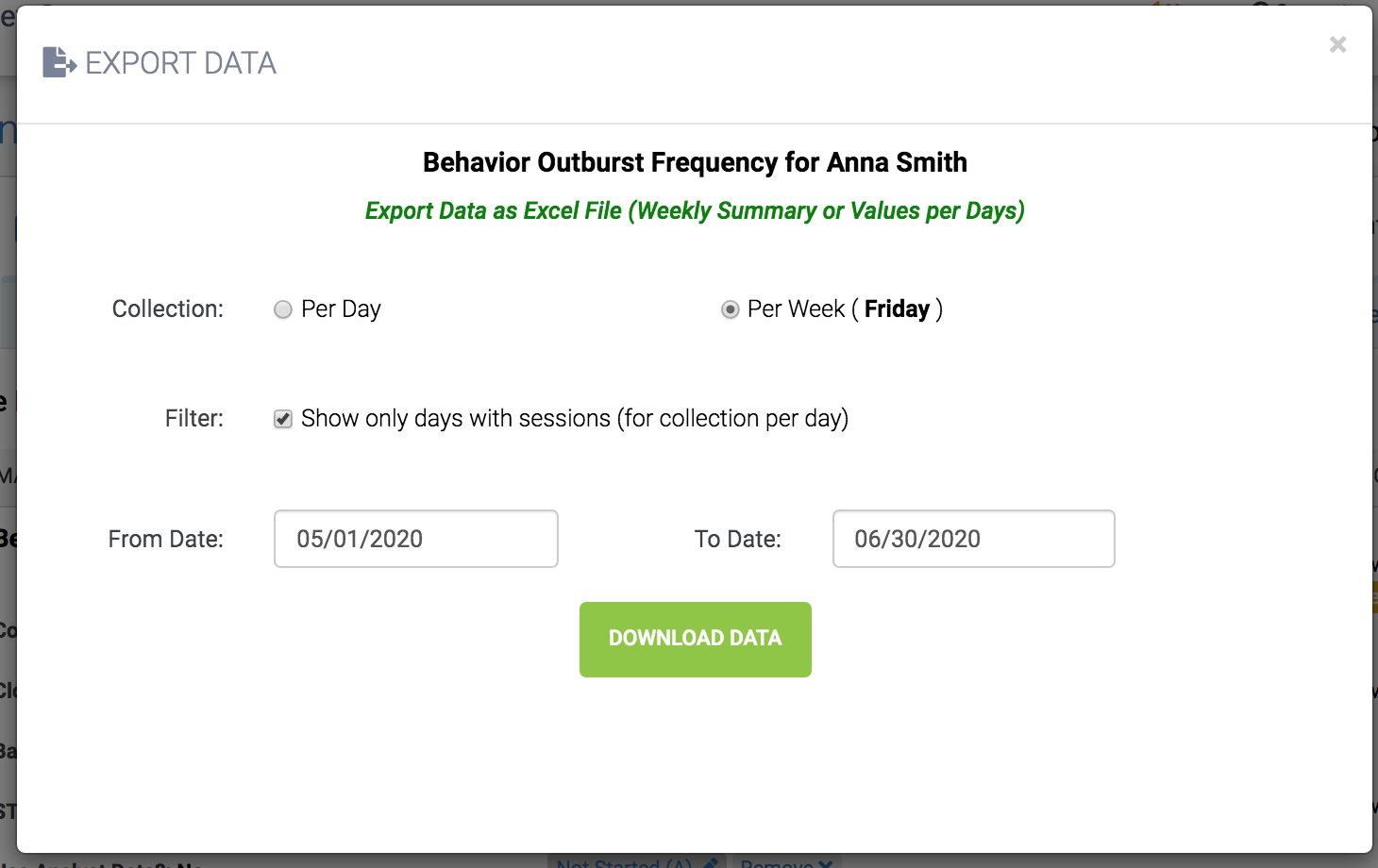
Step 4: Lastly, you can specifically choose to export data on specific dates. There is an option to enter a From Date and a To Date.
Step 5: Once you have selected the Collection type and choose the specific dates, click Download Data. The data will then be exported in an Excel file.
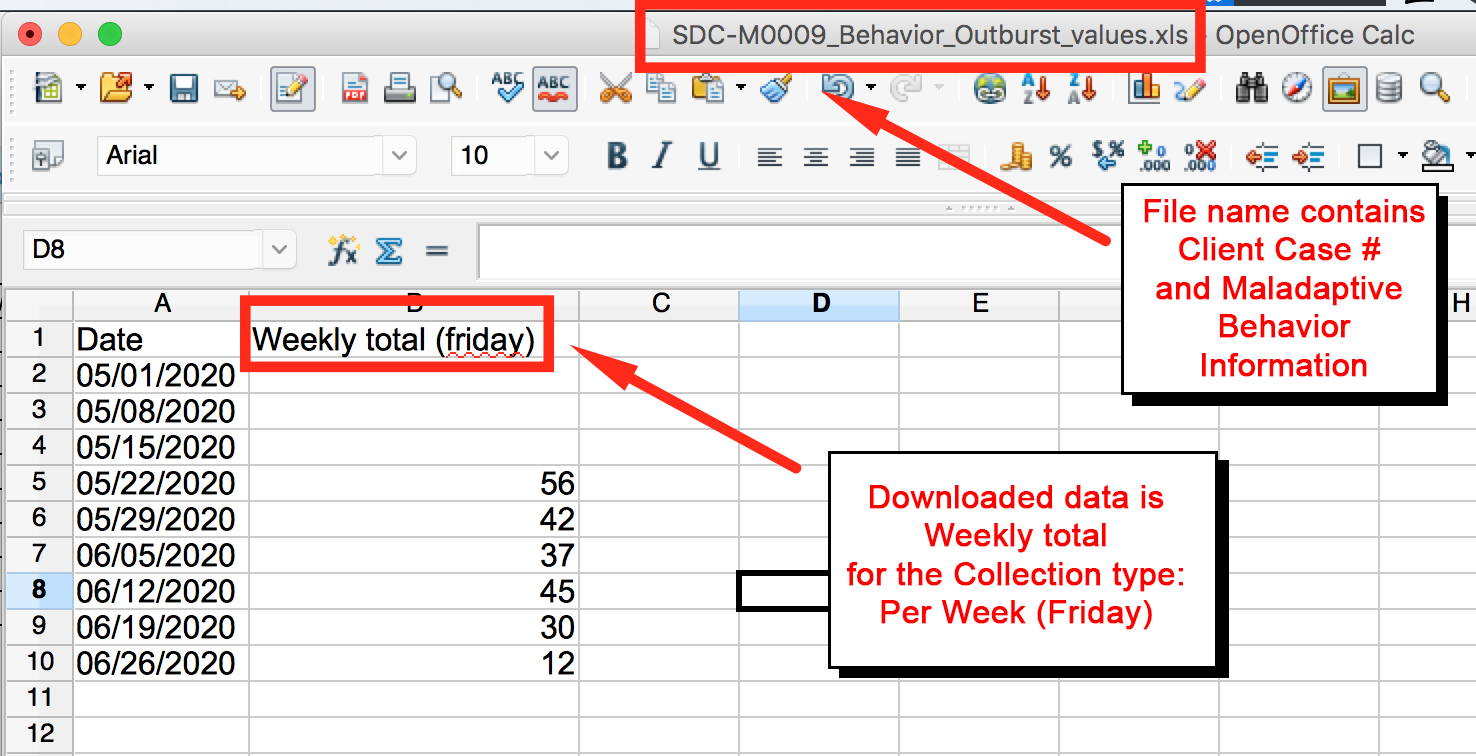
Importing to Office Puzzle
Step 6: Go to Client's Dashboard.

Step 7: Click on the Service Plan button.

Step 8: Click on ABA Therapy Service Plan.
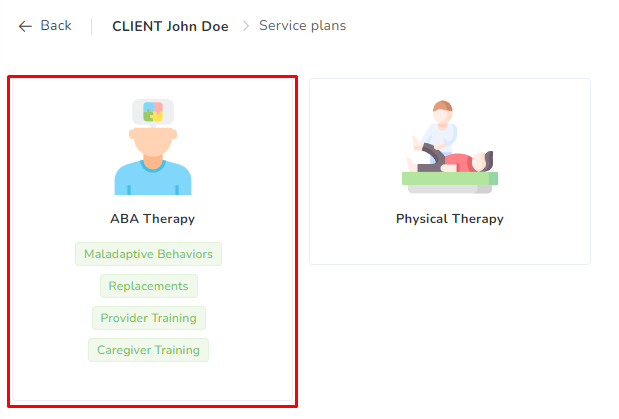
Step 9: Choose the required Category tab: Maladaptive Behaviors, Replacements, etc.

Step 10: Click on the Edit button on the right side of the item.
![]()
Step 11: Click on Imported Data tab.

Step 12: On the main box, you can paste the dates and values from the Excel file that you’ve exported from Behaviorsoft.
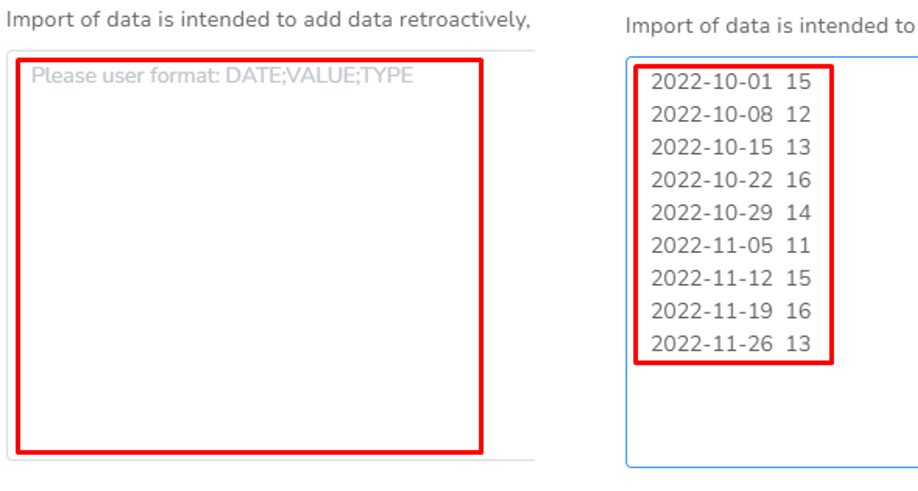
Step 13: Click on Update.

Florida Medicaid Transition to Procedural Terminology (CPT) Codes for Behavior Analysis
Florida Medicaid Transition to Procedural Terminology (CPT) Codes for Behavior Analysis
On November 10, 2021, AHCA communicated is converting the Behavior Analysis fee schedule from its current Healthcare Common Procedure Coding System (HCPCS) Level III code structure to the American Medical Association (AMA) Behavior Analysis Current Procedural Terminology (CPT) code structure.
The Agency plans to transition the Behavior Analysis fee schedule from its current Healthcare Common Procedure Coding System (HCPCS) Level 3 code structure to the American Medical Association (AMA) Behavior Analysis CPT code structure. In 2019, the AMA adopted CPT codes for behavior analysis services. Behavior analysis CPT codes will align Florida Medicaid behavior analysis service and billing codes with national standards and improve transparency into the types of interventions delivered to Florida Medicaid recipients to promote service quality.
The Agency plans to have the CPT-based behavior analysis fee schedule effective July 1, 2022.
Additional details will be forthcoming.
Later on this year, the transition date was also extended to August 1st, 2022.
The new CPT codes are listed below
| CPT Code | HCPCS Code | Description |
| 97151 | H0031 | Behavior Analysis Assessment (24 units maximum allowable) |
| 97151-TS | H0032 | Behavior Analysis Re-assessment (18 units maximum allowable) |
| 97152 | H0031 | Behavior Analysis Assessment (additional information provided after 9751, not commonly used unless needed for changes to the Prior Authorization, 8 units maximum allowable) |
| 97153 | H2014 | Behavior Analysis Treatment by protocol by Technician (RBT, if provided by BCBA or BCaBA will be paid at the same rate as the RBT) |
| 97154 | H2014-GK | Group Behavior Analysis Therapy Services by protocol |
| 97155 | H2019 | Behavior Analysis Treatment with protocol modification by Lead Analyst (BCBA) |
| 97155-HN | H2012 | Behavior Analysis Treatment with Protocol modification by Assistant Analyst (BCaBA) |
| 97156 | H2019 | Behavior Analysis Family Training by Lead Analyst (BCBA) |
| 97156-HN | H2012 | Behavior Analysis Family Training by Assistant Analyst (BCaBA) |
| 97158 | H2014-GK | Group Behavior Analysis Therapy Services with protocol modification |
More details are available here:
- https://ahca.myflorida.com/medicaid/Policy_and_Quality/Policy/behavioral_health_coverage/bhfu/BA_Services.shtml
- http://fl.eqhs.com/Portals/1/Forms/Behavior%20Analysis/8.1.22%20BA%20HCPCS%20to%20CPT%20Code%20Conversion%20Guide%20.pdf
- https://ahca.myflorida.com/medicaid/review/Reimbursement/2022-01-01_Fee_Sched_Billing_Codes/BA_Services_2022_Fee_Schedule.pdf
- http://fl.eqhs.com/
Changes for each individual Credential?
RBTs: H2014 ➩ 97153
There is no big change for the Registered Behavior Technician (RBT), they simply need to select a different code, in this case, they change from their previous H2014 to 97153,
BCaBAs: H2012 ➩ 97155-HN, 97156-HN, 97153*
Please note that 97153 will be paid at the same rate as an RBT. For the current rate equivalent to H2012, please use the 97155-HN or 97156-HN.
BCBAs, LMHC: H2019 ➩ 97155, 97156, 97153*
Please note that 97153 will be paid at the same rate as an RBT. For the current rate equivalent to H2019, please use 97155 or 97156.
Example of Protocol Modifications:
97155 or 97155-HN
- Adjustments to specific components of a protocol (e.g., treatment targets, treatment goals, observation and measurement, reinforcers, reinforcer delivery, prompts, instructions, materials, discriminative stimuli, contextual variables)
- Observations to determine if the protocol components are functioning effectively for the patient or require adjustments
- The active direction of a technician while the technician delivers a service to a patient to ensure that the procedures are being implemented correctly, to correct errors in implementation, or to train the technician to implement a modified protocol
- Analyst implementation of the protocol with the patient to determine if changes are needed to improve patient progress or to test a modified protocol
97156 or 97156-HN
- The Analyst reviews the treatment protocol with the parents, which involves the use of prompting and reinforcement to promote the individual’s use of picture cards and gestures to indicate his desire to stop an activity and to request help.
- The Analyst demonstrates those procedures with the individual while the parents observe, then has each parent in turn implement the procedures with the individual while the Analyst observes, provides feedback, and records data on the individual’s performance.
- The Analyst gives the parents a copy of the treatment protocol and data sheets with instructions for implementing the protocol during typical family routines.
Changes for Billing
The most important change is that for a typical visit you only had to bill using 1 billing code, now you might need to use more than one. This is extremely significant since in the Claim form (CMS-1500) you will need to include not only 1 billing code but all the billing codes applicable for the session with their applicable number of units. This only applies to BCaBAs or BCBAs.
Office Puzzle changes
We don't have to do much since Office Puzzle natively supports all types of billing codes and the split of units by individual billing codes. Below you will find an example of a BCaBA working for 4 hours (16 billable units), out of which 2 hours were for direct implementation with protocol modification and the other 2 hours for family/caregiver training.
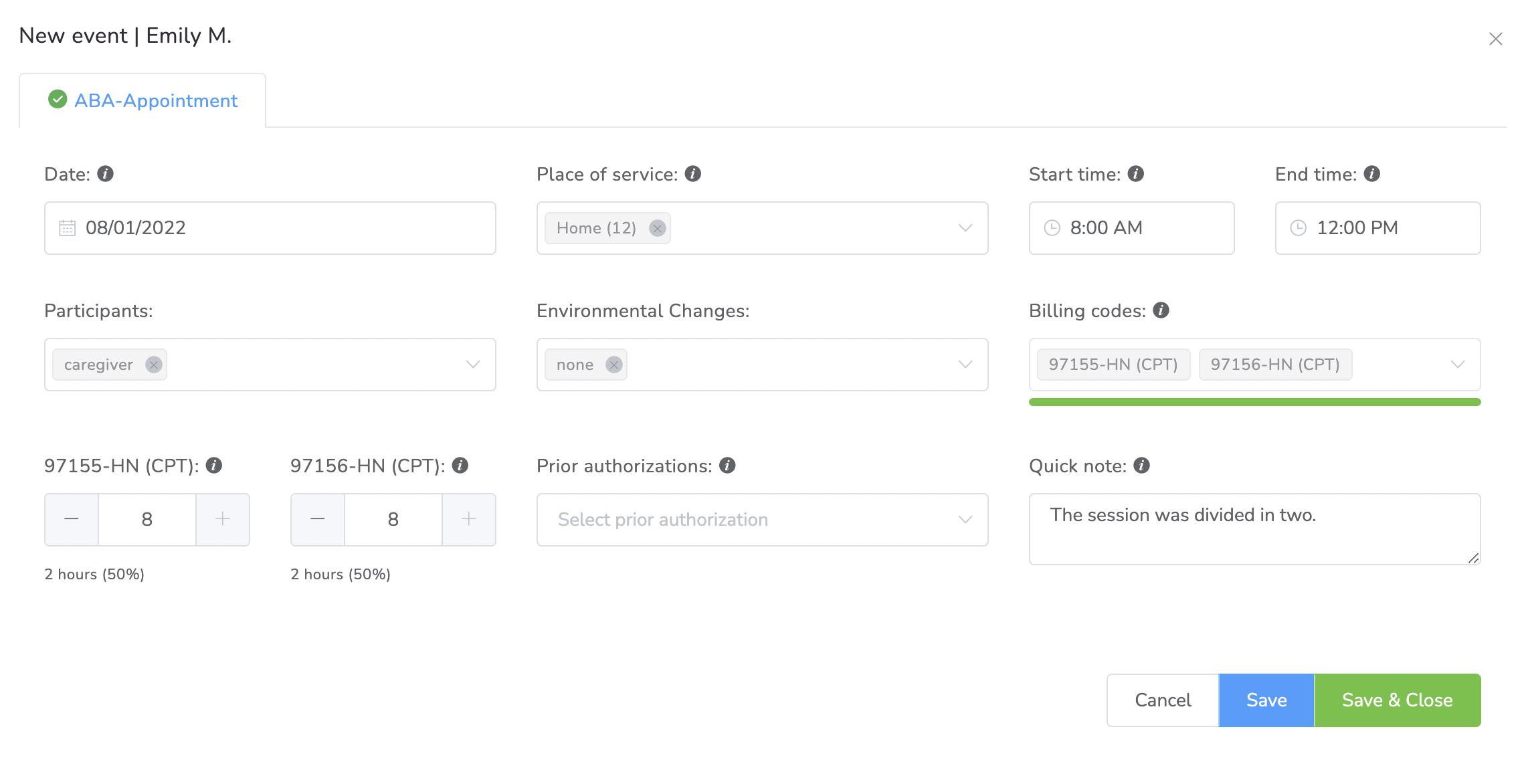
Readiness Checklist for Administrative Staff
The following checklist is intended to make sure everything is configured correctly. Depending on the Agency and the complexity level some elements might be optional.
Word of advice, DO NOT REMOVE previous Billing Codes before all visits with the previous Billing Codes have been created, doing so will prevent Providers from actually creating new visits with the OLD billing Codes.
1. Allowed Billing Codes for the Agency
Step #1: Go to the Agency Dashboard
Step #2: Click on Configuration
Step #3: Click on Billing Codes
By now all the new billing codes should be available for all Agencies providing ABA Services. If you are missing any of the billing codes and need help adding them, please contact support.
2. Allowed Billing Codes per Credential Type
Step #1: Go to the Agency Dashboard
Step #2: Click on Configuration
Step #3: Click on Credentials
Step #4: Click on each individual credential and look for the "Allowed Billing Codes" selector.
This is an optional requirement but it helps greatly to prevent providers choosing a Billing Code they are not allowed to use.
An empty field here will allow all Credentials Types to select all Allowed Billing Codes for the Agency.
3. Allowed Billing Codes per Insurance/Payer
Step #1: Go to the Agency Dashboard
Step #2: Click on Configuration
Step #3: Click on Insurance
Step #4: If you have more than one insurance click on Florida Medicaid to check for available rates.
This is an optional requirement for agencies not using Prior Authorizations, without a rate for a specific Billing Code, you will not be able to create Prior Authorizations for the Billing Code.
4. Allowed Billing Codes per Event Type
Step #1: Go to the Agency Dashboard
Step #2: Click on Configuration
Step #3: Click on Events
Step #4: Click on the Event Type you would like to configure.
This is an optional requirement, but an important one to prevent Billing Codes for being selected in every type of Event.
As a team, we are confident that our software will definitely make your work easier. If you need more information, just email us at hello@officepuzzle.com.





